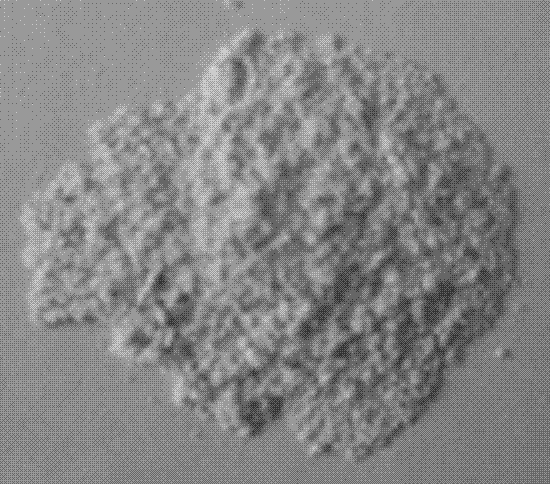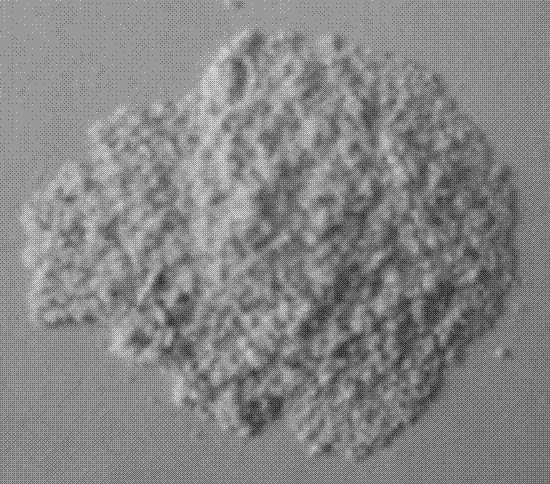Method for effectively removing residual aluminum in water by adopting flocculation process
A technology for removing water and residual aluminum, applied in the field of water treatment, can solve the problems of high cost and large addition amount, and achieve the effect of reducing the amount of use and improving the flocculation efficiency
- Summary
- Abstract
- Description
- Claims
- Application Information
AI Technical Summary
Problems solved by technology
Method used
Image
Examples
Embodiment 1
[0027] A method for effectively removing residual aluminum in water by using a flocculation process, using a flocculation process with an aluminum-based flocculant as the main flocculant and a microbial flocculant as an auxiliary agent, comprising the following steps:
[0028] 1) Select aluminum-based flocculant polyaluminum chloride (PAC) as the main flocculant, and add polyaluminum chloride to the treated water at an amount of 50mg / L;
[0029] 2) Add the prepared microbial flocculant in the above-mentioned treated water, the addition amount is 15mg / L;
[0030] 3) The treated water after adding polyaluminium chloride and microbial flocculant was stirred rapidly at a stirring speed of 300rpm for 2 minutes, then the stirring speed was reduced to 50rpm, and then stirred at a slow speed for 20 minutes, and after standing still for 20 minutes, the supernatant was discharged. Can.
[0031] The test results show that the clarity in the supernatant is good, and the residual aluminum...
Embodiment 2
[0033] A method for effectively removing residual aluminum in water by using a flocculation process, using a flocculation process with an aluminum-based flocculant as the main flocculant and a microbial flocculant as an auxiliary agent, comprising the following steps:
[0034] 1) Select the aluminum-based flocculant polyaluminum chloride (PAC) as the main flocculant, and add polyaluminum chloride to the treated water at an amount of 80mg / L;
[0035] 2) Add the prepared microbial flocculant in the above-mentioned treated water, the addition amount is 6mg / L;
[0036] 3) The treated water after adding polyaluminum chloride and microbial flocculant was stirred rapidly at a stirring speed of 400rpm for 1min, then the stirring speed was reduced to 60rpm, and then stirred at a slow speed for 10min, and after standing still for 30min, the supernatant was discharged. Can.
[0037] The test results show that: the clarity in the supernatant is good, and the residual aluminum can be as l...
PUM
 Login to View More
Login to View More Abstract
Description
Claims
Application Information
 Login to View More
Login to View More - R&D
- Intellectual Property
- Life Sciences
- Materials
- Tech Scout
- Unparalleled Data Quality
- Higher Quality Content
- 60% Fewer Hallucinations
Browse by: Latest US Patents, China's latest patents, Technical Efficacy Thesaurus, Application Domain, Technology Topic, Popular Technical Reports.
© 2025 PatSnap. All rights reserved.Legal|Privacy policy|Modern Slavery Act Transparency Statement|Sitemap|About US| Contact US: help@patsnap.com


